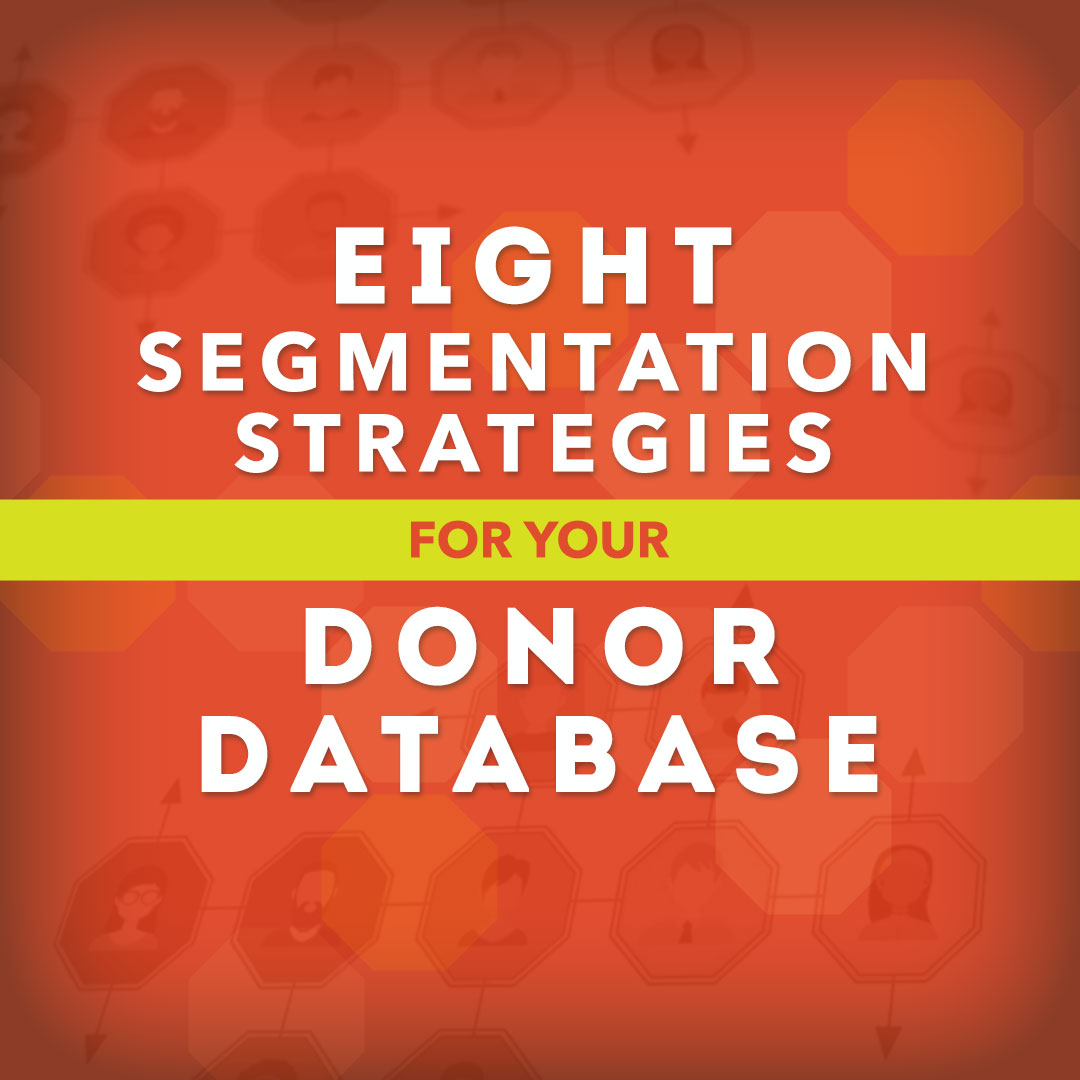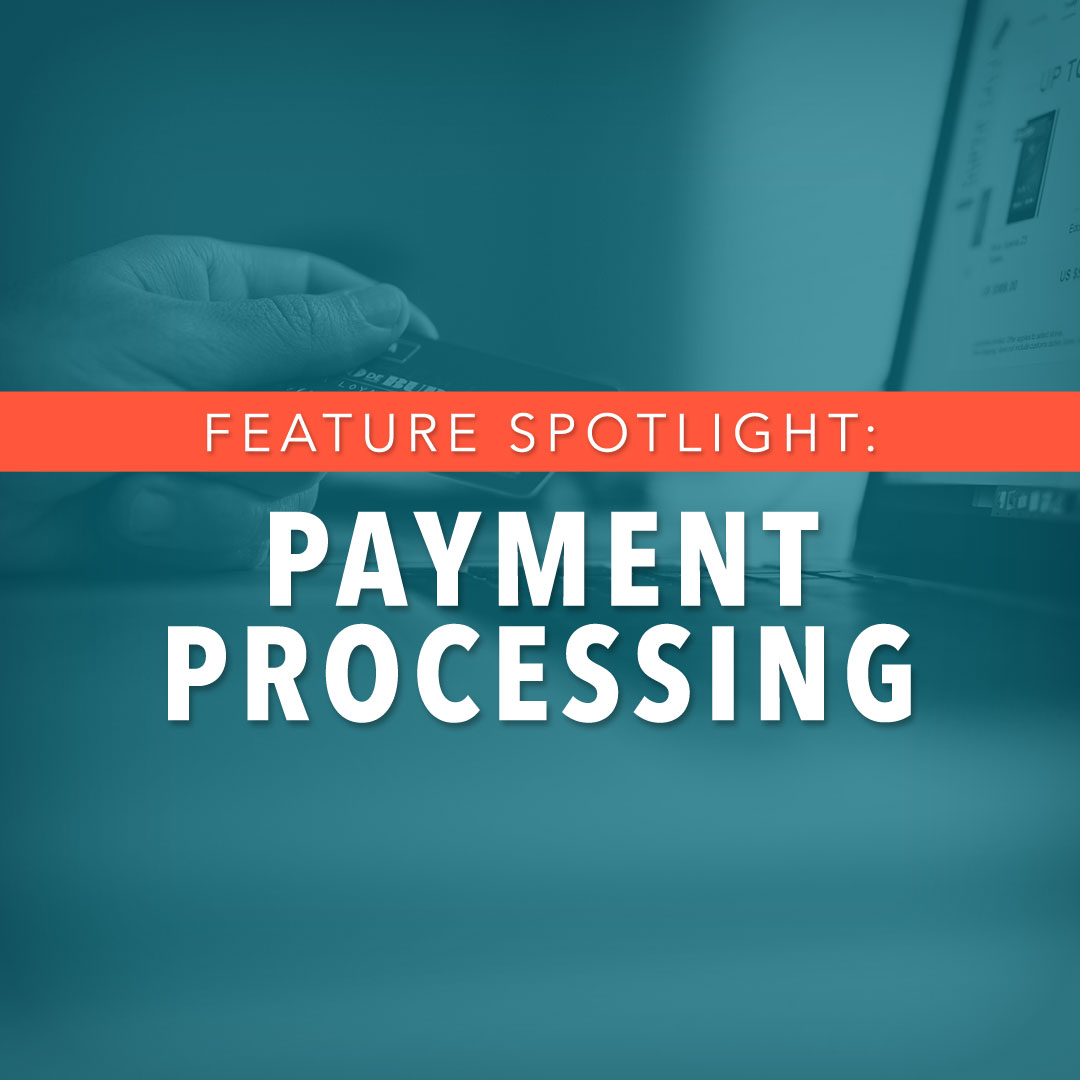You know you’re not you without your donors; they make your work, impact and mission possible. But sometimes we let these people slip through the cracks and we forget to treat them as the valuable partners that they really are.
Donors are getting savvier and pickier every day and the list of organizations and nonprofits demanding their attention grows constantly. All this makes it increasingly difficult to retain donors. But we have a not-so-secret secret to share with you.
Donors just want you to start communicating smarter with them.
Chances are you already have all the basic information on your donors, such as full name, address, average gift, date of last gift, preferred method of contact, etc. But what do you really know these people beyond the cold, hard facts?
That’s where donor profiles come in.
Donor profiles are essentially the keys to your nonprofit kingdom; they tell you all the details and backstory on any given donor in your database. And when you know your donors that well, your messages to them not only become more personalized, but they also become more powerful in grabbing and keeping your donors’ attention. You don’t need us to tell you that when your donors feel valued, seen and appreciated, they stick around and keep giving.
So let’s build a profile.
Building a donor profile takes some work. The first step is to analyze your current donors and identify any trends. Do you have mostly middle-aged female donors? Perhaps you have a group of young millennials that consistently gives about $10 a month. Whatever the trends or similarities within your donors, separate them out into groups. Once you identify those, you can start building a profile for each group. Depending on your size or type of industry, you might have anywhere from one to 10 or more profiles.
Now that you have your profiles, start adding details to them. Dig into your current donors and research them. Search out any patterns that you might find among donors in the same group. For instance, do they all tend to live in urban areas? Maybe they all work at an executive level. Perhaps they all have children or maybe most of them are unmarried.
If there is information that you would like to add but can’t find the answers through your own research, ask your donors for help. Let them know that you want to hear from them in order to serve them better. Provide links to a survey where they can choose to answer any questions you might have about them.
Here are just a few of the valuable bits of information you should include in your donor profiles:
- Age
- Education/Degree level
- Industry
- Job Title/Work Level
- Children/Family size
- Living location
- Hobbies/interests
- Motivation for giving/personal passions
- Average gift/Yearly gift total
- Length of relationship with your organization
- Where they first heard about your organization
For your really big donors who really help you keep the lights on, we recommend adding extra information within their individual database profiles. Include when they were last contacted, details on gift trends, ideas for how to make another big ask, what worked/what didn’t work, their passions and detailed notes on why they love the organization.
All of this helps your donor development team know exactly when and how these people should be contacted and it helps you (and your executives) prepare for big conversations when you visit with them in person. When it comes to these big donors, you really need to prove to them that you have done your research, that you see them, know them, and value them— all to remind them that they are an integral part of your organization.
Now make sure that you actually use the profiles to your benefit! Data and information is no good if it’s collected and then just perched on the shelf to gather dust and be forgotten. It’s your job to take it all and use it to build up that individual’s donor profile and communicate with them in a more intelligent and informed manner.
Remember that just because people are giving to you right now doesn’t mean that they’ll still be doing so in a few months or a few years. They need better, more personalized communication from you. Donor profiles help you get there.
Check back later this week for part two of the Donor Data series to see how you can use your donor profiles to start donor segmentation.


-1.jpg)







